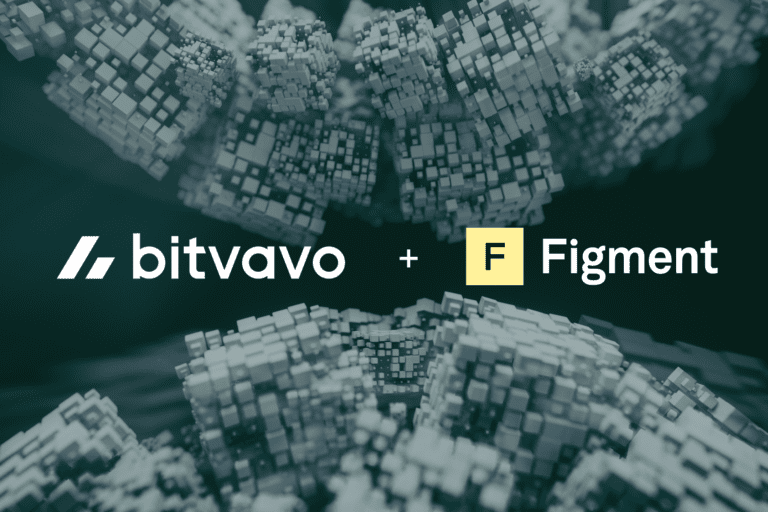Avalanche is an open, programmable, proof-of-stake layer 1 smart contract platform for decentralized applications. Since Avalanche launched back in 2020, the network has seen steady growth in transactions. Developers use Avalanche for its high throughput, and low fees. With over +1.5 Billion USD in total volume locked, Avalanche is a popular ecosystem for DeFi, Web3 gaming, lending activities and more.
The network experienced a dramatic increase in usage throughout the year. Avalanche continues to be a popular network for DeFi, and Web3 games such as Cradabra and DeFi Kingdoms. As the network continues to mature into 2022, monthly transaction count continues to increase, reaching an all time high in September:

Avalanche: Unique Architecture
Unlike other networks, Avalanche uses a Directed Acyclic Graph or DAG for transaction processing. Avalanche consists of 1 DAG, and 2 distinct blockchains for different functions:
- X-Chain (Exchange Chain) – The X-Chain acts as a simple payments chain that is optimized for basic UTXO transfers and simple NFT minting. Transferring assets on the X Chain is less expensive than transferring assets on the C Chain. DAG technology is used on the X-chain which is used for transaction processing.
- C-Chain (Contract Chain) – The C-Chain is an EVM smart contract platform that allows for the creation of Dapps like Trader Joe, Pangolin Exchange, and Aave. This is where the majority of end-users are currently interacting with Avalanche.
- P-Chain (Platform Chain) – The P-Chain is responsible for the coordination of Avalanche validators and is the chain used to create and manage subnets. Currently, the P-chain hosts a couple of subnets, like popular Web3 games Cradabra and DeFi Kingdoms. In the future, we could potentially see hundreds or even thousands of subnets existing on the P Chain.
On the P-chain, users can build custom networks, called Subnets. Subnets are unique networks that are created using a “subset” of Avalanche validators. Subnets benefit from shared security with Avalanche’s validator set, as well as giving developers their own blockchain that enables transactions without congestion.
Subnets provide a wide range of functionality for developers, as Subnets can include multiple blockchains, virtual machines, unique rules sets, and different requirements for participation. A key benefit of Subnets is that they can be optimized to fit any project’s needs, and are seamlessly interoperable with the broader Avalanche ecosystem.
Taking a look at all subnets holistically, transactions per second have continued to increase over time, indicating that more and more users are interacting with and using subnets:

Users and developers on Avalanche can freely create a subnet whenever they want by burning 1 AVAX token and paying some small additional fees.
Staking on Avalanche
AVAX holders are incentivized to stake their tokens to secure Avalanche, and receive a reward in return. Currently, over +60% of the Avalanche network is staked, with over +1,200 validators, and over +42,000 delegators.
One way to assess the decentralization of a blockchain is the Nakamoto Coefficient. The Nakamoto Coefficient represents the number of validators that would have to come together to stop a blockchain from functioning normally. Avalanche has the second highest Nakamoto Coefiffnet at 30, only behind Solana at 31. This indicates that Avalanche has a very decentralized validator network. The higher the Nakamoto Coefficient is, the lower the risk of collusion disrupting a blockchain.
Over time, cumulative staking rewards paid out to stakers is over 40 Million AVAX, or around ~680 Million USD:

On average, AVAX stakers receive an APR of 8.93%. Figment offers two public Avalanche nodes, learn more about Staking Avalanche with Figment here, or follow along our staking guide here.
Taking a look at a couple of staking metrics overall, the validator count has experienced a steady increase since the network launched. Over time, we expect this to continue to increase as more participants join the network:

Along with the validator count above, the delegator count below experienced steady growth, and more recently, the delegator count increased significantly. Both charts indicate that the network is growing at a healthy rate, and more recently, there has been an increased interest in delegations:

Overall, Avalanche is a popular ecosystem for DeFi, NFTs, Web3 gaming, and more. As the network matures, metrics like transaction count, transactions per second, cumulative rewards, and more all continue to move in a positive direction. Despite market movements, Avalanche has continued to increase in overall usage and development.
Through protocol staking on Avalanche, you directly contribute to network security, and overall network health. Interested in learning more about staking & custody on Avalanche? View a replay of a Webinar on October 11th breaking down Avalanche with Bitgo, and Ava Labs.




